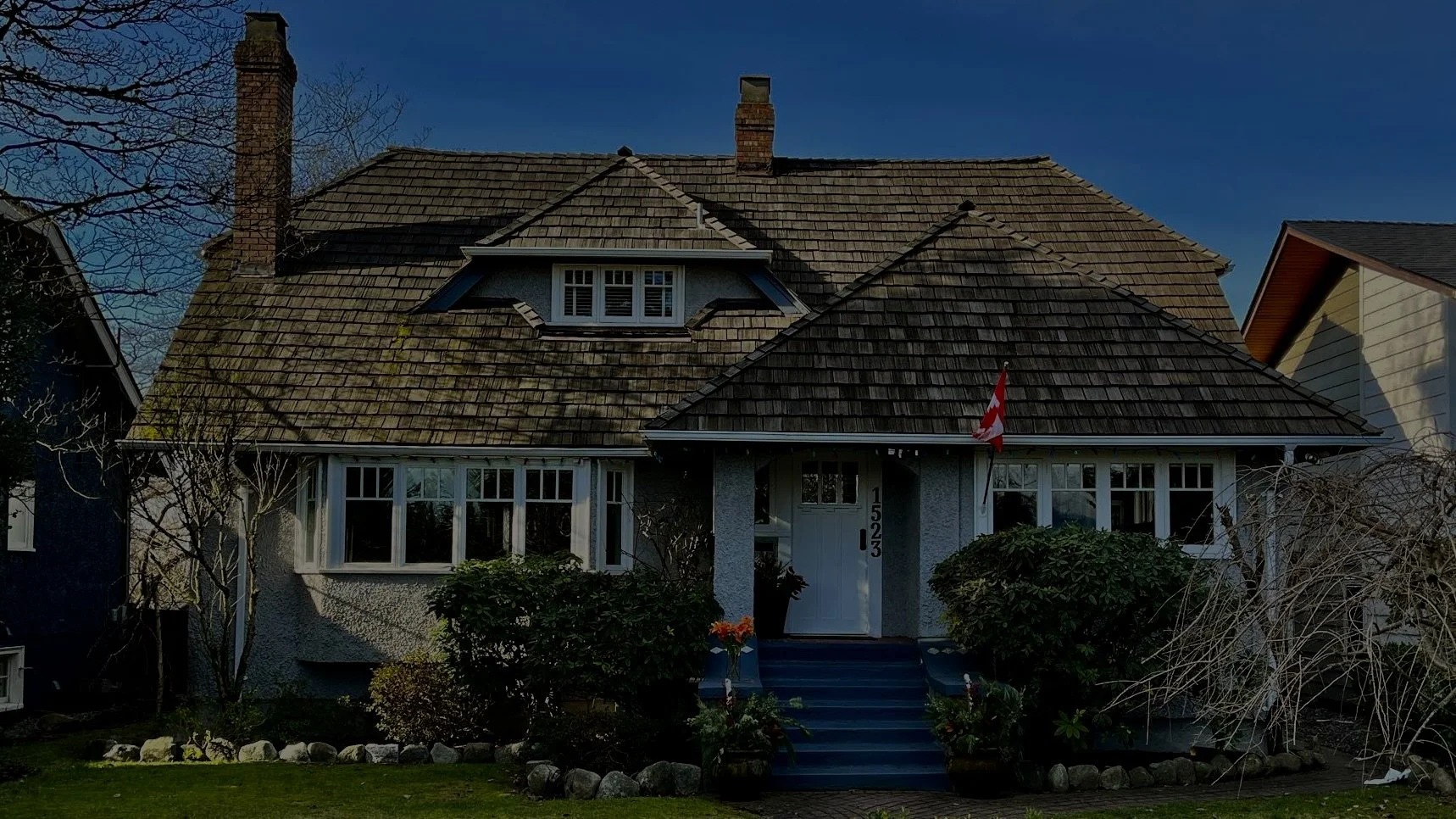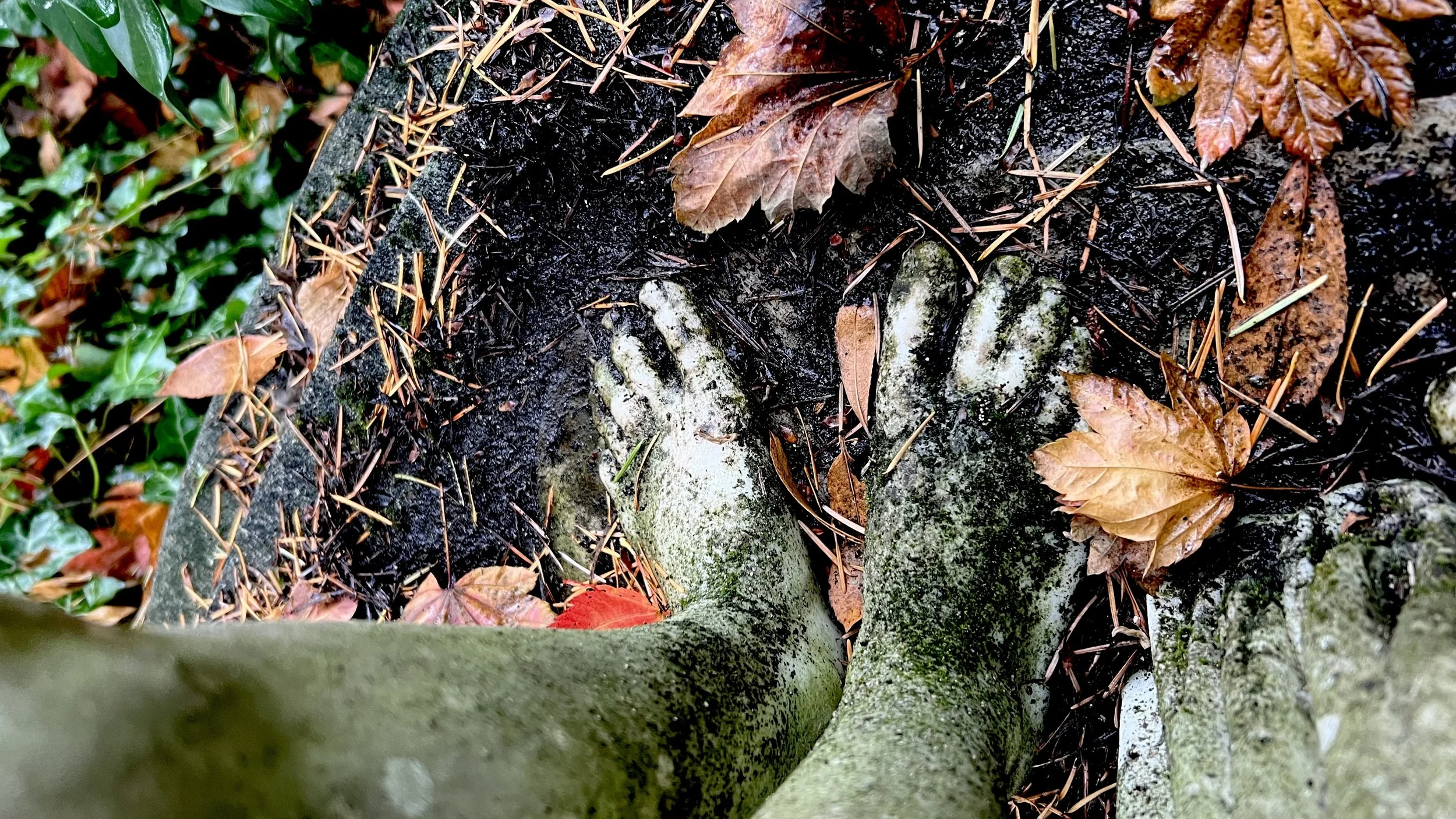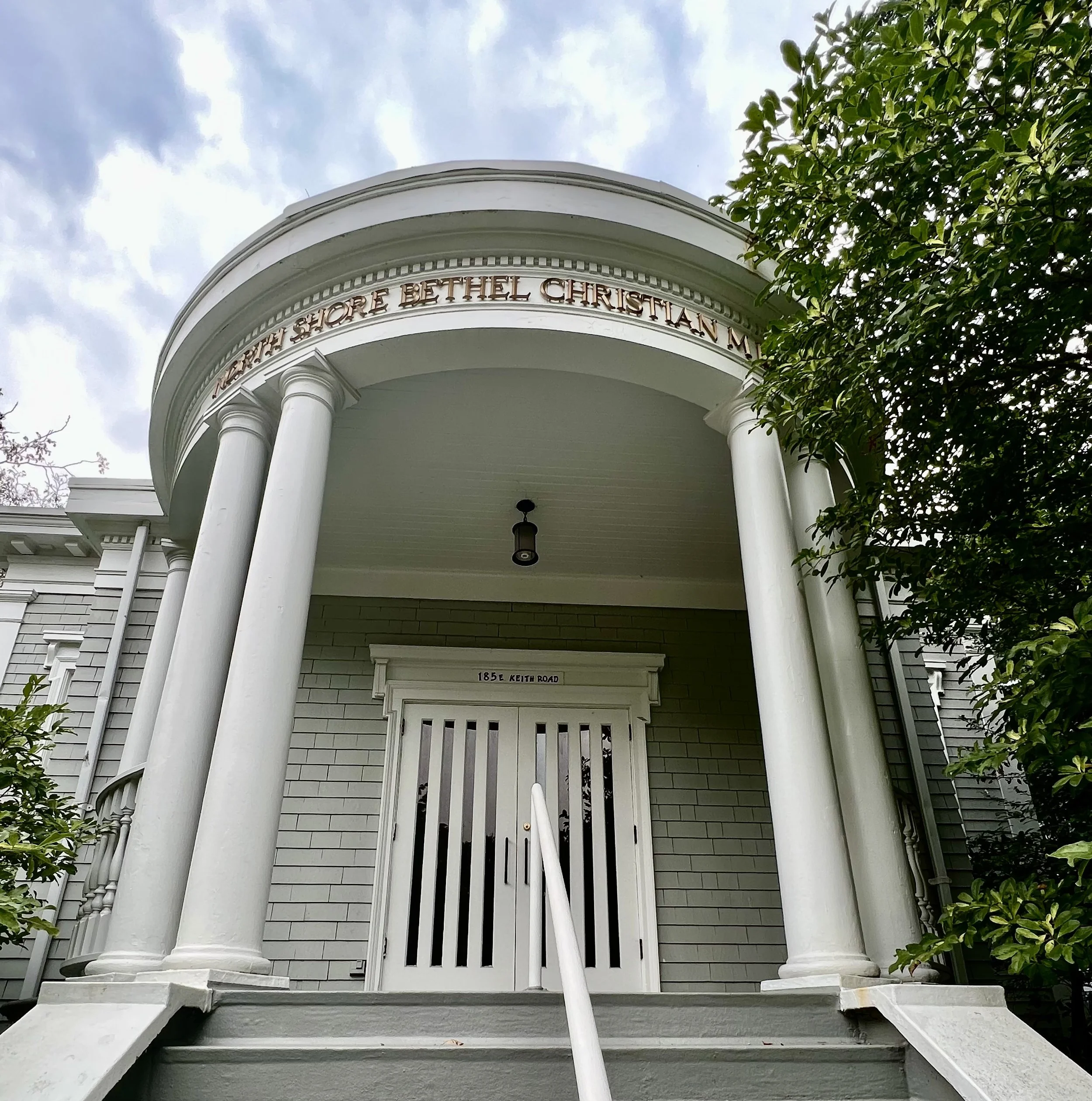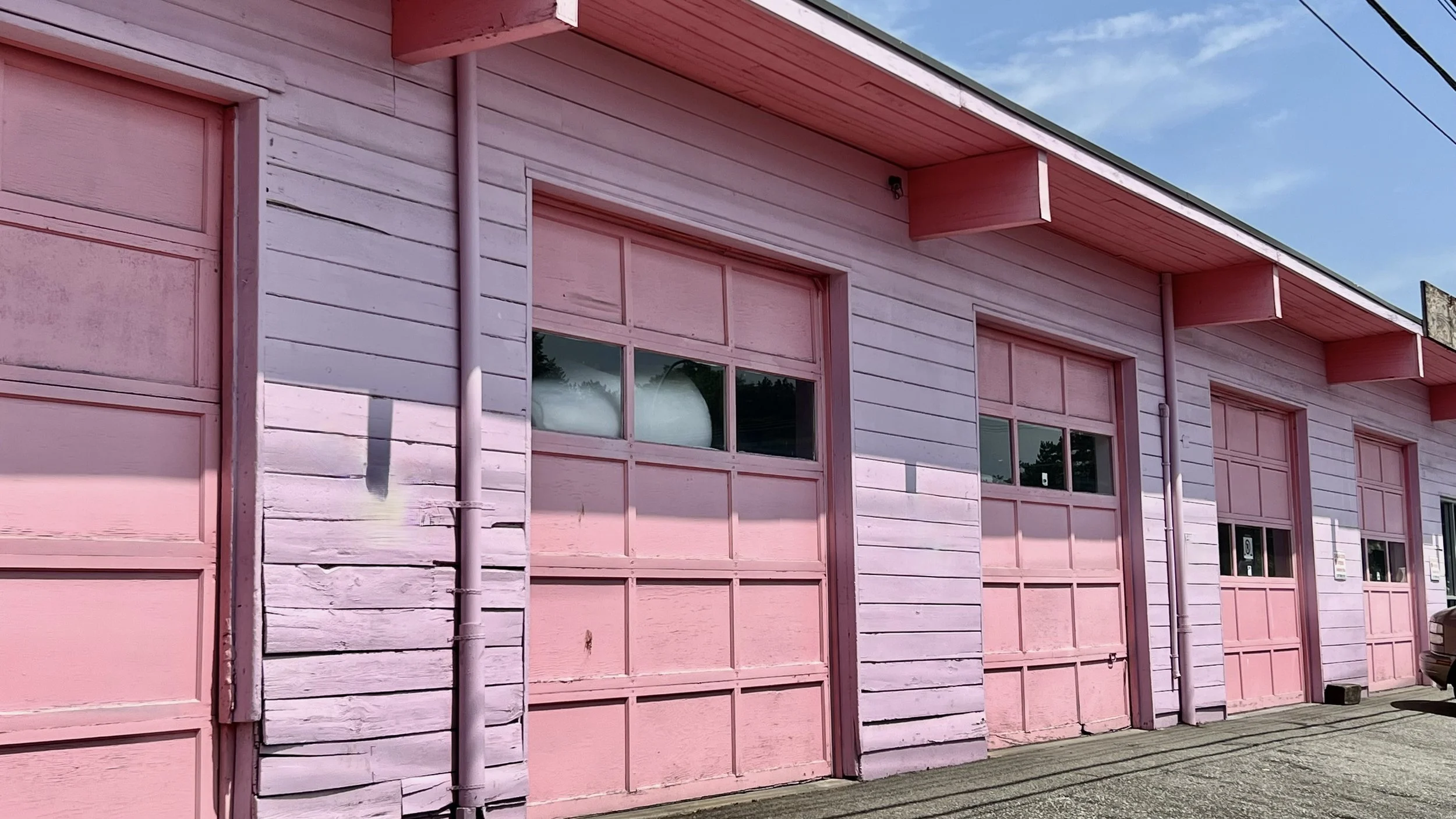If you’ve ever thought of making a speculative land investment on the Burrard Inlet’s north shore you might want to heed the experience of the English novelist, short story writer and poet, Rudyard Kipling. Famous as the creator of Mowgli, the ‘man-cub’ raised by wolves in the children’s classic, The Jungle Book, Kipling was a visitor to our shores in his early 20’s, firstly in 1889, and then later in 1892, whilst on honeymoon with his newly wed, Carrie Balestier. On both occasions he made an investment in real estate and lived to rue the day.
Sidetracked on a Side Street
The Pacific Great Eastern Railway, despite its name, was a Western company. Incorporated in Vancouver in 1912, it was founded to create a railroad between Prince George and the docks of North Vancouver via Squamish and the Howe Sound. Decades passed before this goal was fully achieved due to a section of challenging, mountainous terrain and ongoing financial challenges. It became known as the Province’s Great Expense to Prince George Eventually. However, the story of the PGE Railway is one of ambition and perseverance that created an important, historic route along the waters of the Burrard Inlet and Howe Sound, remnants of which still exist today.
Hendry Hall – Community Builder Extraordinaire
Originally built as an Air Raid Precautionary Post, Hendry Hall has been at the centre of the Lynnmour community in one way or another for 82 years! Currently the home of the talented North Vancouver Community Players, it also served as the Hendry Community Hall for over three decades. Imagine the stories that would be told, if the walls of this tiny but mighty building could talk! But since they cannot, I’m going to tell you what I’ve learned in my research and take you on a virtual tour of this amazing building and its people through the decades!
Beautiful Blackadder Buildings
Take an armchair tour with North Shore Heritage as we look at some of the beautiful buildings in North Vancouver designed by early 20th century architect, Henry Blackadder, as well as his architectural firm with Alexander MacKay, “Blackadder and Mackay”. We’ll look at photos of homes, both large and small and also institutions such as schools and a drill hall, and learn some key points about who lived and worked there as well as design features that make the buildings classic “Blackadder” and “Blackadder and Mackay” designs.
Blackadder Goes Forth. Not ‘Edmund’, but Henry!
Mention the name ‘Blackadder’ and people think of Rowan Atkinson’s character in the BBC comedy series. The final episode of the last series, Blackadder Goes Forth, is known for its final scene, called “Goodbyeee,” which sees ‘Captain Blackadder’ and his side-kick, ‘Baldrick’ going “over the top” into the smoke filled no man’s land of the First World War trenches, presumably to their deaths. Crazy as that sounds, there was a real Captain Blackadder from Dundee, Scotland, who was awarded the Military Cross and whose older brother Henry had a very special connection to North Vancouver.
Breeze Block Bandwagon
Breeze Blocks. Screen Blocks. Ornamental Wall Blocks. Call them what you will but these simply designed concrete blocks, when stacked together, create some of most visually impactful patterns which became a signature feature of Mid-Century Modern architecture. Geometric Genius! Luckily, there are still some amazing examples of Screen Block walls today on the North Shore! So, jump on the Breeze Block Bandwagon as we explore its origins, learn about the North American design craze and take an armchair tour of Mid-Century Modern apartment towers in West Vancouver.
Hiding in Plain Sight: North Van's Recycled Churches
Did you know that three North Vancouver buildings that are now a recital hall, garden centre and dance school, all started out as some of the earliest churches in their areas? These buildings didn’t have long lives under their built purpose, as their congregations quickly outgrew them, but they have been around for over a century by being either re-purposed or recycled and given new life. One survived as the top of a church, one as the bottom, and one was saved in one piece but moved. Learn the fascinating stories of these three former churches by reading on - you may be surprised to learn where a couple of them have been hiding! I know I was.
Old-Fashioned Christmas
The commercialism of Christmas overwhelms me! We’re bombarded with flyers, Christmas music 24/7, mall traffic and shelves lined with environmentally-unfriendly toys and decorations, sometimes as early as the day after Hallowe’en! How I long for simpler times, without all the hustle and bustle and stress! Join me as we time travel to years gone by to celebrate an old-fashioned Christmas in the homes, schools and businesses of former North Shore residents!
Bridge over Burrard's Water
The Lower Mainland is awash with bridges, three of which cross the Burrard Inlet. In the shadow of the Iron Workers’ Memorial Bridge sits the historic Second Narrows Rail Bridge, a critical link in the supply chain that transports Canadian commodities from the North Shore to world markets. While it earns little attention from most of us, it is a significant factor in the prosperity of the North Shore.
Wings to Your Heels
Arthur and George Coles were flying Spitfires and Lancaster bombers for the Allied war effort when tragedy struck for the North Vancouver based brothers. Reported as missing in action in the latter part of 1943, one brother returned home after the war whilst the other, sadly, did not. Eighty years on, our Remembrance Day tribute offers thanks for their service.
The Mystery of the Marble Lady
If you’ve ever parked at the West Vancouver Municipal Hall in the parking lot by 16th St. and Fulton Ave or driven by on Fulton and missed the beautiful marble statue carved in a Classical Greek style, you’re not alone. The landscaping on the corner of the parking lot has grown over and around the statue and this ‘Marble Lady’ seems to have been forgotten to the mists of time. Where did she come from and why does it appear she’s been forgotten? Read on to find out the fascinating history behind this marble sculpture.
The Legacy of the 2nd WV Boy Scouts
Have you ever wandered up 17th Street in West Vancouver and enjoyed the shade of the green canopy of trees that create an arbour from Marine Drive up to Inglewood? In addition to being a welcome respite from the ravages of climate change, these “heritage” trees, and others on 13th and 14th, have a story to tell!
John Linn and his Promised Land!
Lynn Valley. From Lynn Peak to Lynn Creek, it’s made up of Lynns. There is Lynn Valley Road, Lynn Valley Centre, Lynn Valley Library, Lynn Canyon Park, Lynn Valley Suspension Bridge, Lynn Valley Ecology Centre, Lynn Headwaters, Lynnmouth, Lynmour, Lynn Avenue. And there is Lynn Creek where it all started with John Linn and his promised land.
Arthur Diplock's Electric Sawmill
One of the early pioneers on the Burrard Inlet’s North Shore, Arthur Diplock, is known for establishing in 1902 the Western Corporation, a multifaceted conglomerate involved in real estate, house building, road works and sales of coal and lumber. His legacy should be equally remembered for the construction in 1906 of what was arguably the first electric sawmill in the Pacific northwest. Glory times followed, but the Diplock story is not without its tragedy, as we will discover.
185 E. Keith Rd: Classically Beautiful
185 E. Keith Rd in North Vancouver is a unique and beautiful building in the Victoria Park area with Classical architectural features. Built in 1925, its design embodies the Classical ideas of durability, strength and symmetry, and these qualities, paired with its beauty, have made it a heritage landmark in the area for nearly 100 years. This ancient design aesthetic paired well with the Christian Science faith, but is also timeless and without denomination, and can be appreciated by anyone. Learn more about this building and other similar local Christian Science churches as well as a little about the faith that built them.
Putting the Grand in Grand Boulevard!
The Ellis Residence at 800 Grand Boulevard is one of the nicest heritage homes I’ve ever seen! It definitely puts the “Grand” into Grand Boulevard! And this was exactly the goal of the North Vancouver Land & Improvement Company when they first proposed the Grand Boulevard development in 1906. Grand Boulevard was marketed as a high-class residential neighbourhood, with a required minimum building cost of $4000, to ensure a certain size and quality of home. The original homes were mostly built in the arts and crafts style including 800 Grand, which was designed by the architectural firm of Maclure and Fox in a traditional half-timbered Arts and Crafts style. Jenny Morgan, my fellow blog writer, and I were privileged to get a tour of this house earlier this year and after our tour, as we walked back to our cars, she told me this is her “dream” house! I then asked her how we might get ourselves adopted by the current owners, Ken and Jenny Tekano, so we could live there too! The house is stunning, from the first glimpse through the pergola and in every room throughout the house. Read on to see why we fell in love with this home, learn more about the restoration work the Tekanos did (in their own words) and learn about the 15 families who came before them.
The Evolution of the Corner Store
Independent Corner Stores, once familiar features of local life, are gradually fading from our street corners. Owning a corner store often gave newcomers not only a livelihood, but also a roof over their heads and, for many, they served as a gateway business to move up the socio-economic ladder. Although many of the original corner stores are gone, a few still exist as corner stores, while many of them have been re-invented as coffee shops and sandwich shops, which still thankfully serve as local gathering spots.
Pemberton Ave: A Mid-Century Celebration of Colour and Walkability
Walking down Pemberton Ave in North Vancouver you could be easily fooled into thinking you’re back in the 1950s or 1960s if you ignore the modern cars lining the street. Just like the nearby Norgate Park subdivision, whose houses were originally painted every colour of the rainbow, many businesses on Pemberton Ave have continued the mid-century tradition of bright colours to this day. Join us on a virtual tour of this colourful and historic North Vancouver commercial district and also learn why it gets such a great “walk score” from its neighbouring communities.
Lewis Through The Decades
After the publication of my previous blog on Bob Lewis (My Bob Lewis Odyssey), Steve Gairns (my partner in the Lewis Research Project) and I received a lot of emails from owners of Lewis houses who were keen to show off their homes. Visiting these homes has been an odyssey of its own! And what I’ve learned is that the post and beam construction style which was embraced by Bob Lewis for its simplicity and inexpensive building costs, is so functional and versatile that it has allowed homeowners to easily adapt and personalize their homes to styles and standards which suit their lifestyles. Join me as we journey through the decades from an Original Lewis to a Brutalist adaptation.
Donald Hings: The Philadelphia Experiment
80 years ago this year, a group of top scientists from the US, Britain and Canada collaborated on developing a means of protecting Allied naval ships from German torpedoes. Called the Philadelphia Experiment, the event was one of the pivotal moments of World War II. Shrouded in secrecy, many have fantasized about what happened at the naval yard in Philadelphia in the late summer of 1943. Stories abound of a ship, the USS Eldridge that vanished in the night, teleporting to another place beneath a magical green glow. Sailors that disappeared in front of people’s eyes. The truth is as amazing as the fantasy. It includes one of our own: Canada’s “walkie talkie” inventor, Donald Hings, and it all started - at least for Hings - with a lucky break which facilitated his attendance at Chesterfield School for Boys in North Vancouver.






